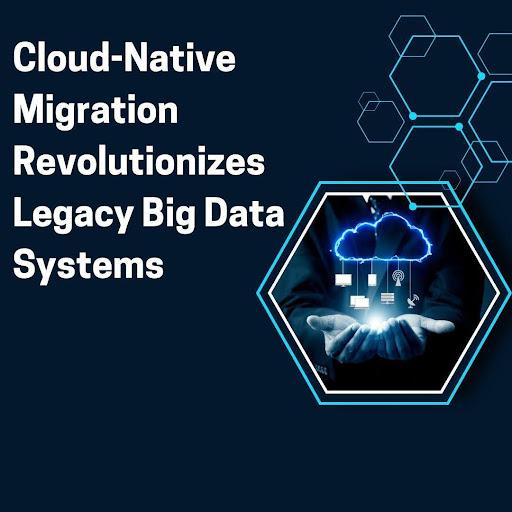In a ground breaking research, Venkata Raghavendra Vutti, a researcher at a leading American university, has revealed transformative insights into modernizing legacy big data systems through cloud-native architectures. The comprehensive analysis demonstrates significant improvements in system performance, cost efficiency, and operational effectiveness. His study, spanning multiple organizations and industries, provides a systematic framework for migrating traditional data infrastructures to modern cloud platforms, potentially revolutionizing how enterprises handle massive data operations in the digital age.
Transforming the Data Landscape
In the rapidly evolving digital era, the evolution of big data architectures has seen a dramatic shift from traditional data warehousing to sophisticated cloud-native solutions. Organizations processing big data have experienced an average 63% annual growth in data volumes, pushing the boundaries of conventional systems. The transformation spans three generations, starting from basic implementations in the early 2000s to today’s advanced cloud-native solutions incorporating containerization and serverless computing.
Breaking Free from Legacy Constraints
In a significant departure from traditional systems, legacy systems consume up to 80% of IT budgets while delivering diminishing returns. In contrast, organizations implementing cloud-native solutions have achieved cost savings between 30-45% compared to traditional on-premises systems. The research indicates that companies with modernized architectures reduced maintenance overhead by 35% and improved development team productivity by 50%.
Architectural Revolution
In a major technological advancement, cloud-native architectures have demonstrated unprecedented improvements in system reliability, with organizations reporting a remarkable 2,900% increase in mean time between failures. The implementation of microservices architecture has led to a 67% reduction in deployment times and a 285% increase in deployment frequency, allowing teams to deploy updates 24 times more frequently than traditional systems.
High Availability Breakthrough
Through innovative deployment strategies, Multi-Availability Zone deployments have emerged as a game-changer, achieving 99.999% availability compared to 99.9% in single-zone deployments. This improvement reduces annual downtime from 8.76 hours to just 5.26 minutes. Organizations using these configurations have eliminated single points of failure and reduced disaster recovery time from 4 hours to under 15 minutes.
Performance Optimization Revolution
In a remarkable technological leap, modern replication strategies have achieved an unprecedented 99.99999% data durability, ensuring seamless consistency across zones with latency consistently under 10 milliseconds. Container orchestration platforms have demonstrated a 91% improvement in resource utilization, alongside a 76% reduction in operational overhead, streamlining efficiency for enterprise-scale applications. Serverless architectures, showcasing even greater adaptability, have proven their ability to handle workload variations ranging from 100 to 100,000 requests per second while maintaining response times below 100 milliseconds. These advancements underscore the transformative potential of next-generation cloud technologies in driving scalability, reliability, and performance optimization.
Future-Ready Solutions
In analyzing emerging trends, the research forecasts that by 2025, cloud federation implementations will surge by 287%, with 78% of major corporations adopting multi-cloud strategies. Artificial intelligence and machine learning workloads are anticipated to account for 67% of cloud operations, reflecting their growing integration into enterprise workflows. Edge computing is expected to exhibit a compound annual growth rate of 43%, driven by demand for low-latency processing and real-time analytics. Furthermore, quantum computing services are projected to emerge across 23% of major cloud platforms by 2026, signaling a transformative shift in computational capabilities for industries worldwide.
In conclusion, Venkata Raghavendra Vutti‘s research underscores that organizations adopting continuous modernization strategies and prioritizing cloud-native technologies are positioned to secure a competitive edge in the ever-evolving, cloud-centric business landscape. The study highlights the significance of implementing structured frameworks, fostering organizational agility, and establishing comprehensive measurement strategies to ensure the successful realization of digital transformation goals. These findings provide actionable insights for enterprises aiming to navigate technological disruptions while driving innovation and long-term growth.







